Roofing is one of the most important parts of any building. It protects your property from the weather, adds to the aesthetic appeal, and plays a role in energy efficiency. With so many types of roofing materials available, it can be difficult for you to choose which one is best for your home. That’s why, in this article, we’ll explore different types of roofing materials, their pros and cons, and a real-life example of how Berkley Roofers helped a homeowner in Muswell Hill to choose the right roof covering material for their property.
Explore a complete roofing materials list with pros, cons, and costs to help you select the right roof for your home.
1- Asphalt Shingles
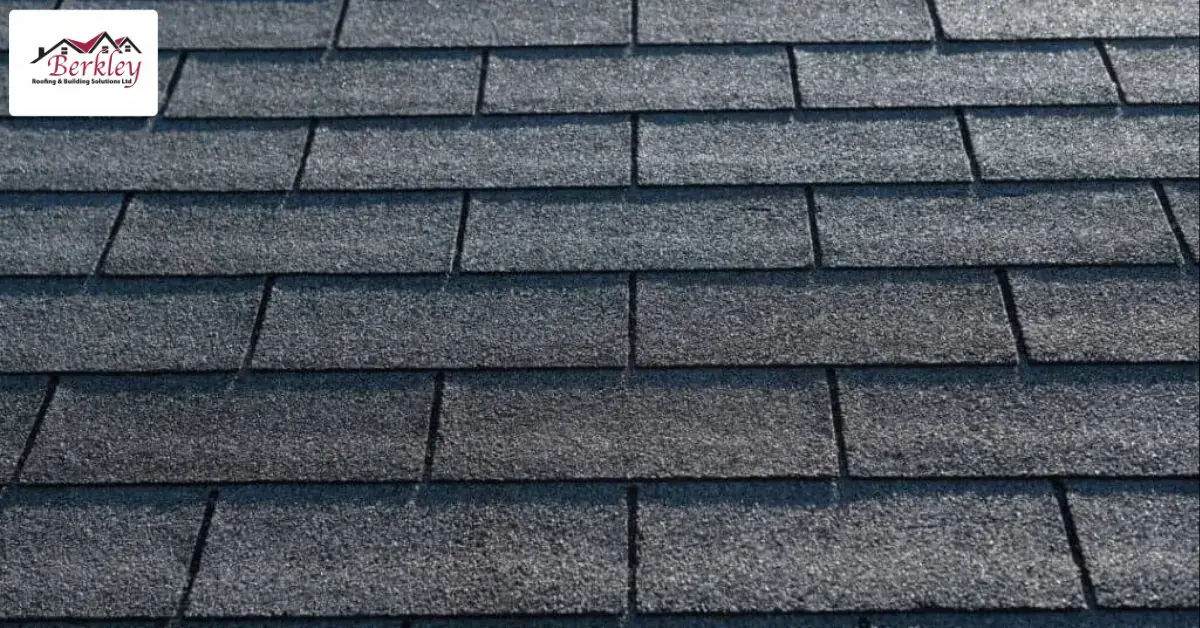
Asphalt shingles are one of the most common roofing materials in the UK. They are made from a fibreglass or organic mat coated with asphalt and mineral granules. They are affordable, easy to install, and come in a variety of different colours and styles. These shingles offer good durability and can last between 20 to 30 years with proper maintenance.
Pros:
- Affordable
- Easy to install and replace
- Available in various styles and colours
- Good resistance to fire and wind
Cons:
- Easily damaged from extreme weather
- Shorter lifespan compared to some premium materials
2- Metal Roofing
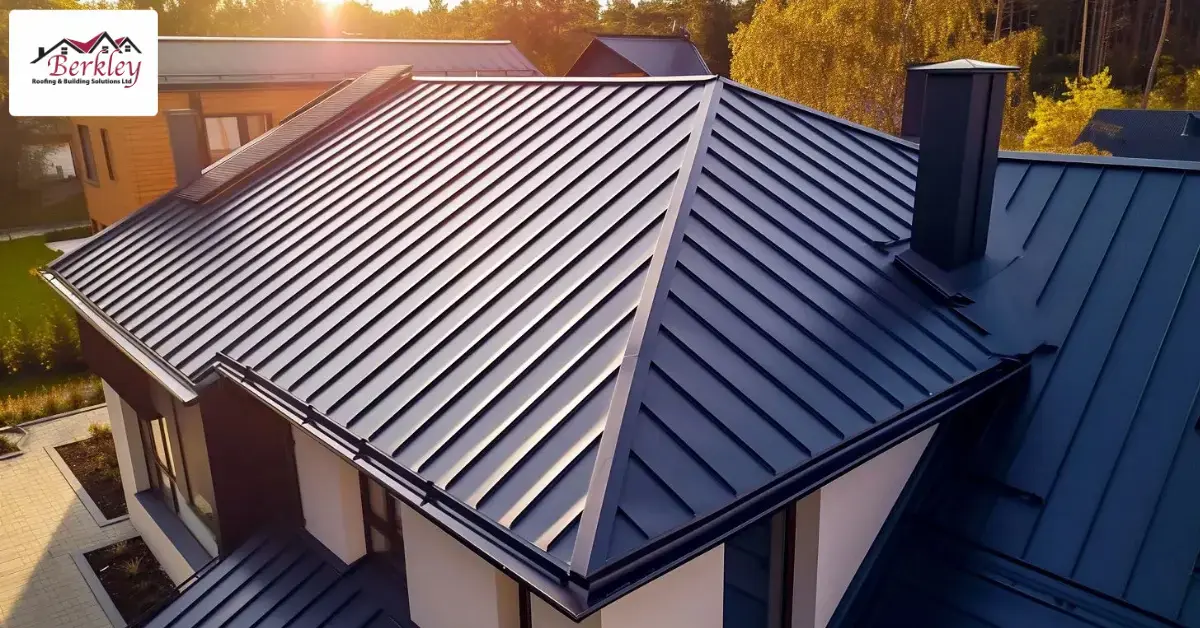
Metal roofs are made from materials like aluminium, steel, zinc, or copper, and are becoming more popular due to their longer lifespan and energy efficiency. They can last 40-70 years, making them a long-term investment. Metal roofs reflect sunlight, helping to keep your home cool in summer.
Pros:
- Long lifespan
- Lightweight yet strong
- Excellent resistance to fire and extreme weather
- Energy-efficient, reflecting sunlight and reducing cooling costs
Cons:
- Can be noisy during heavy rain or hail
- Higher upfront cost compared to asphalt shingles
- May dent under impact
3- Slate Roofing
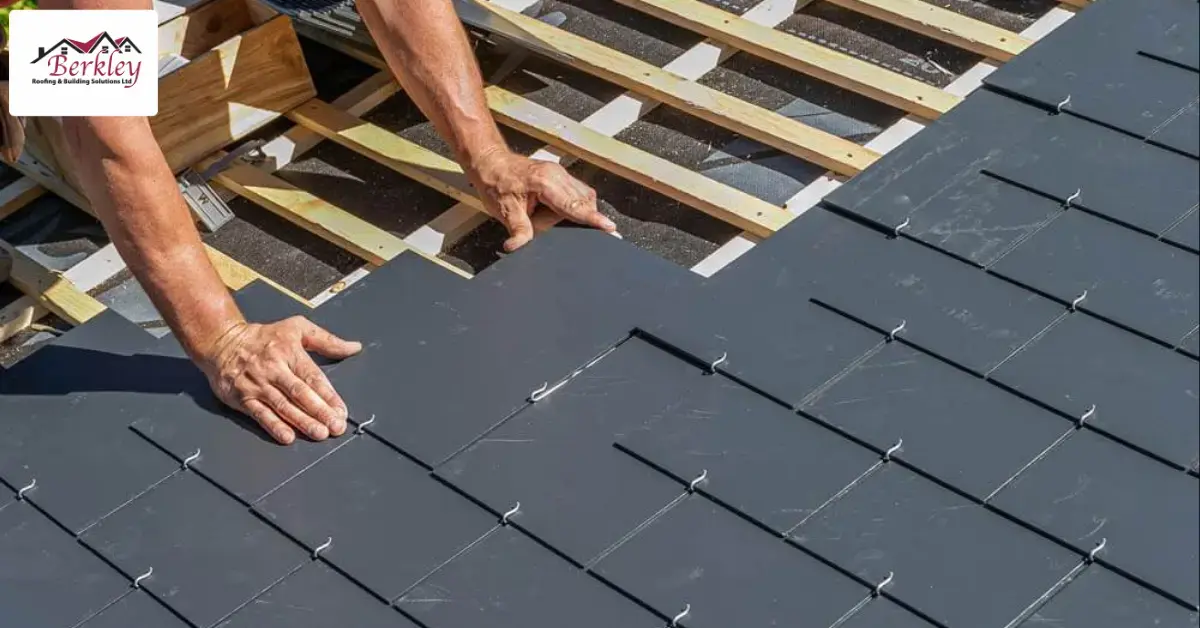
Slate is a premium roofing material that adds a touch of elegance to any home. It is one of the best roofing materials in terms of longer lifespan and aesthetics, often seen in high-end homes and historic buildings. However, it is a heavy material and may require additional structural support.
Pros:
- Extremely durable (can last over 100 years)
- Fire-resistant and environmentally friendly
- Elegant appearance with a natural finish
Cons:
- Expensive material and installation costs
- Its heavy weight requires a strong roof structure
- Can be brittle and may break under impact
4- Clay and Concrete Tiles
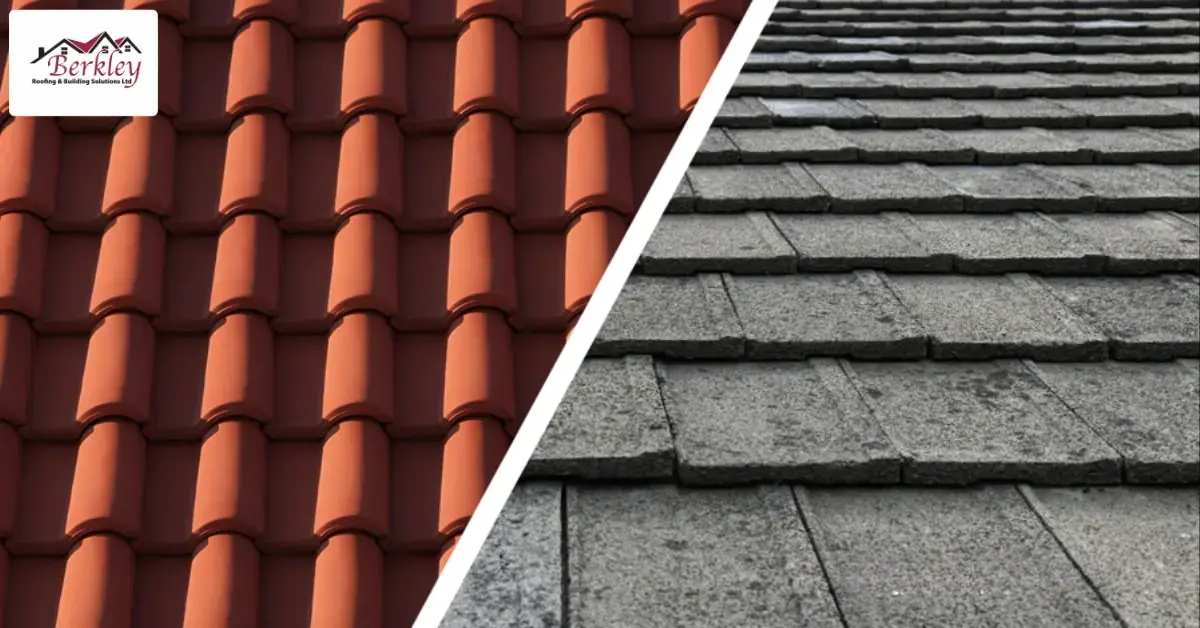
Clay and concrete tiles are commonly used in Mediterranean-style homes, offering a traditional and elegant look. These roofing materials are highly durable and resistant to fire and weather damage. These tiles can last up to 40 years.
Pros:
- Long lifespan
- Fire-resistant
- Adds unique curb appeal
Cons:
- Heavy, requiring a reinforced roof structure
- More expensive than asphalt shingles
5- Wood Shingles

Wood shingles and shakes provide a natural and rustic look to homes. These are made from cedar, redwood, or pine, these roof covering materials age beautifully over time and provide good resistance to insects and decay.
Pros:
- Attractive natural appearance
- Good insulation properties
- Can last 30-50 years with proper maintenance
Cons:
- Requires regular maintenance to prevent mould
- Prone to fire (unless treated with fire-resistant coatings)
- Higher installation costs
6- Solar Tiles

Solar roofing tiles are the latest option in the market that attracts people. These tiles integrate solar panels into traditional roofing materials, allowing homeowners to generate their own electricity and save money on the bill.
Pros:
- Reduces energy bills by generating renewable power
- Can qualify for government incentives
- Increases home value
Cons:
- High upfront cost
- Efficiency depends on location and sunlight exposure
- Requires specialised installation
7- Rubber Roofing
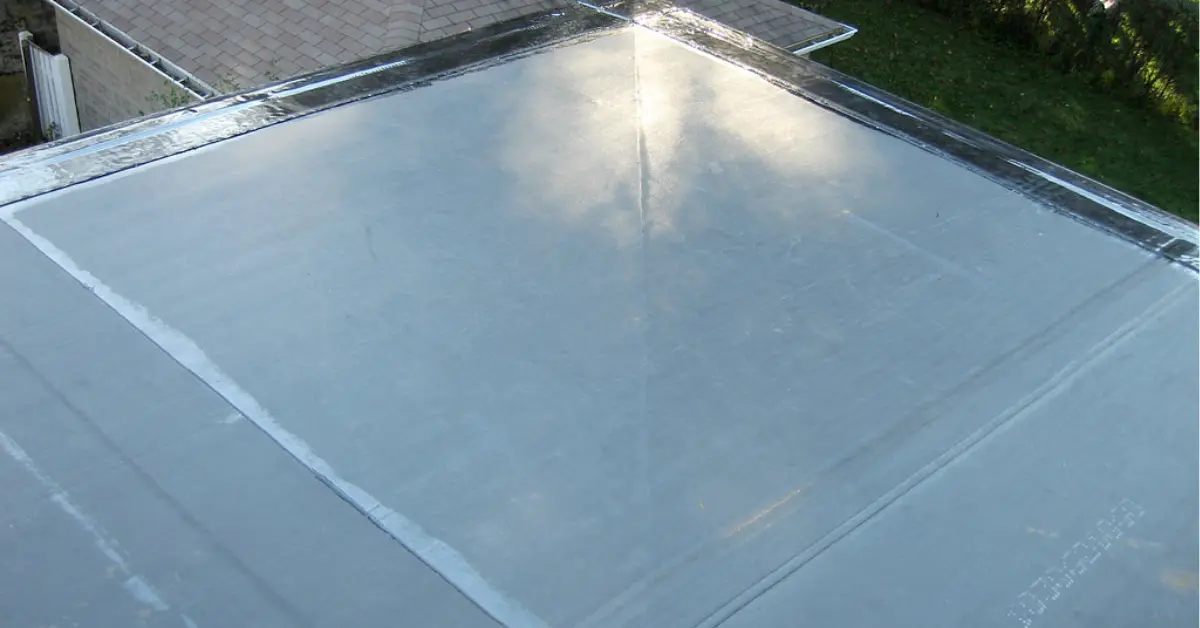
Rubber roofing, particularly EPDM (ethylene propylene diene terpolymer), is a durable and flexible roofing material commonly used for flat and low-slope roofs. It is highly resistant to extreme weather, UV rays, and temperature fluctuations, making it a long-lasting solution for many homes and commercial buildings.
Pros:
- Lightweight and flexible
- Resistant to water, UV rays, and weather damage
- Easy to repair and maintain
Cons:
- Can be less visually appealing than other options
- Installation requires professional expertise
- May require sealing to prevent leaks over time
8- Green Roofing

Green roofs are covered with vegetation, providing excellent insulation and environmental benefits. These roofs are like a small garden, which is on top. These are popular in urban settings for energy efficiency and are best for summers.
Pros:
- Reduces heat absorption and improves insulation
- Supports biodiversity and reduces stormwater runoff
- Enhances building aesthetics
Cons:
- New roof installation and maintenance costs
- Requires a strong roof structure to support weight
- Regular watering and care are needed
9- Composite Roofing
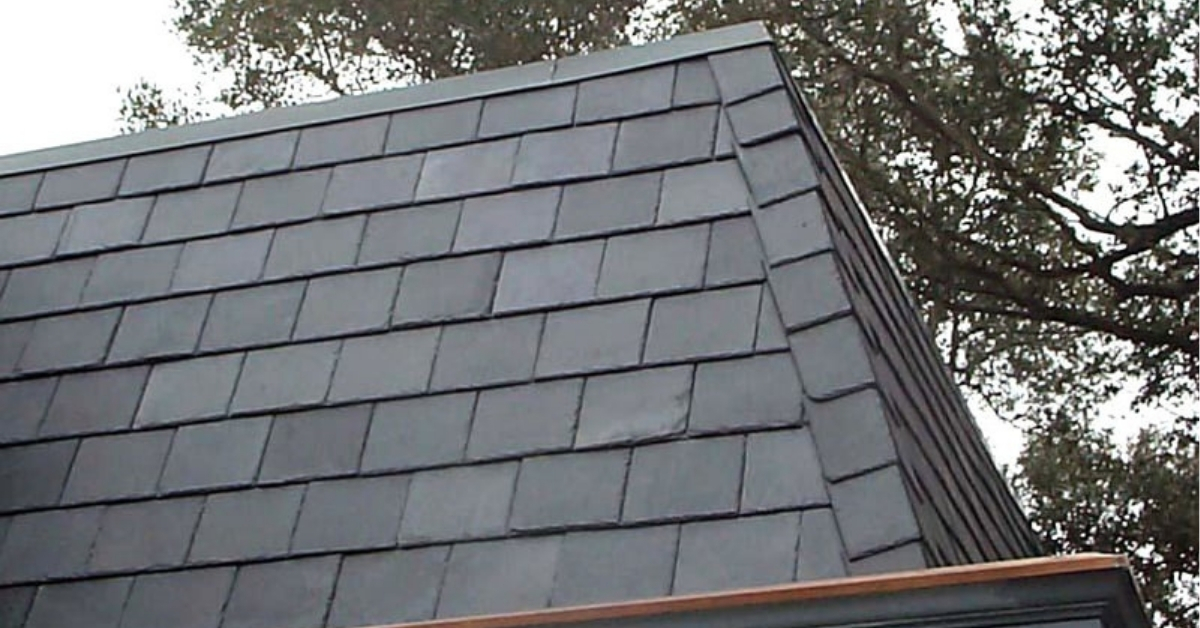
Composite roofing is made from a blend of materials like plastic, fibreglass, and recycled products, mimicking the look of wood, slate, or a tile roofing.
Pros:
- Affordable and lightweight
- Resistant to fire, wind, and mold
- Can last 40-50 years with minimal maintenance
Cons:
- May not be as durable as natural materials
- Quality varies depending on the manufacturer
- Can be expensive compared to asphalt shingles
10- Built-up Roofing

Built-up roofing (BUR) is one of the oldest flat roofing systems and consists of multiple layers of bitumen and reinforcing fabric. It provides excellent waterproofing and UV resistance, making it a great option for commercial and residential flat roofs.
Pros:
- Strong waterproofing properties
- UV-resistant and energy-efficient
- Multiple layers provide durability
Cons:
- Heavy, requiring strong structural support
- Can be expensive compared to other flat roofing materials
Case Study of Solving Roofing Issues in Muswell Hill
One of our recent clients in Muswell Hill was facing an issue with their old, worn-out roof. They had an asphalt shingle roof that had reached the end of its lifespan, with several leaks appearing during heavy rainfall. After a thorough inspection, our team at Berkley Roofing & Building recommended replacing it with a durable and energy-efficient metal roof.
The homeowner was initially hesitant due to the higher upfront cost, but after discussing the long-term benefits of metal roofing such as lower energy bills, increased durability, and minimal maintenance, they decided to go ahead with the metal roofing option. The installation was completed within a week, and the homeowner was thrilled with the results. Their home not only looked more modern but was also better protected against future weather conditions.
Conclusion
Selecting the best roofing material depends on several factors, including budget, climate, and personal preference. Whether you choose the affordability of asphalt shingles, the durability of metal, or the elegance of slate, each roofing option has its own advantages. If you’re unsure about which roofing material is best for your home, Berkley Roofing & Building can help you make an informed decision based on your needs.
FAQs
What is the most durable roofing material?
Slate and metal roofing are among the most durable options, lasting 50-100 years with proper maintenance.
How do I choose the right roofing material for my home?
Consider factors like climate, budget, aesthetic preference, and long-term maintenance needs when selecting a roofing material.
How often should I replace my roof?
The lifespan of a roof depends on the material used. Asphalt shingles last 15-30 years, metal roofs 40-70 years, and slate or clay tiles over 100 years.
What is the best roofing material for rainy climates?
Metal, slate, and rubber roofing are excellent for wet climates due to their water resistance and durability.

